Are you or one of your travel mates an insect enthusiast? A trip to Peru will be just the thing to inspire anyone interested in the creepy-crawlies. There are several million insect species in the Amazon Rainforest alone, with many as yet unnamed. Join us as we take a look at a few of the stranger crawling critters found in the Amazon Rainforest and Sacred Valley.
The Leafcutter Ant – a species of insect farmers and caretakers
Once you get to the Peruvian jungle, where the uncommon is common, one of the easiest insects to spot is the leafcutter ant (Atta spp.). Look along the forest floor as you walk, and it won’t be long until you see ant highways with hundreds of leaf-cutters marching purposefully, carrying pieces of leaves and flowers. What are they doing with all of those cut leaves, you ask?
They feed them to their fungi, which in turn, are fed to the ants’ young. These ants are really farmers caring for their crops! Aside from humans, they form the most complex societies of any creature.
Read more about the “Leafcutter Ant” here.
Spiders that craft their own artistic spiders from the dead bodies of their prey!
Who says that humans are the only creatures that create art? This spider (Cyclosa spp.) was discovered in the Peruvian Amazon in 2013. It builds a large replica of a spider from the discarded refuse of its prey, which it then attaches to its web and displays as the centerpiece. It causes the replica to vibrate in simulation of movement. What could be the reason for this bit of theater? To appear larger to predators? To attract a mate? No human knows, but this spider must have a reason. See the video of this remarkable discovery below:
Read more about the “Spiders” here.
Amazonian caterpillars and their ant bodyguards
The caterpillar of the Terentia Hairstreake (Terenthina Terentia) has a favorite food – a tiny yellowish flower bud that appears on certain species of trees. While the caterpillars feast on these buds, they are vulnerable to predators. However, they have worked out that problem by hiring a sort of bodyguard, a particular species of Jungle Ant that protect them from harm. What’s in it for the ants, you ask? The caterpillars secrete a sugary nectar, which the ants slurp up, so the caterpillar and the ants are in a mutually beneficial relationship. Who says only humans understand the concept of “you scratch my back, I’ll scratch yours”?
Read more about the “Amazonian caterpillars” here.
Cochineal Bugs: You have been eating bugs and putting them on your face for years
This one is not found in the Amazon Jungle, but clustered on prickly pear (tuna) cactus in the Sacred Valley and its surrounds. The cochineal bug is a whitish unobtrusive little critter: the females are legless and wingless. But if you crush them, they exude a vibrant red liquid known as carmine that’s used to make one of the most stable and enduring dyes in the world. The Inca used these bugs as a fabric dye and even traded them like currency. Today, they are used in makeup, medications, clothing, and frozen and canned foods, including maraschino cherries!
Read more about the “Cochineal Bugs” here.
A vicious glowworm?
Now back to the rainforest one more time to discover a predatory glowworm belonging to the Elateridae (click beetle) family. The bioluminescent green larvae of this beetle congregate on dirt walls where they wait for prey, which are apparently attracted by their eerie light. When an ant comes within range, these larvae strike and grab it, chomping down with apparent relish.
Read more about the “glowworm” here.
Spiders, worms, and caterpillars oh, my! Insects and spiders may be creepy but they have their place in the eco-system, existing as part of the complex web of life, without which we would not survive. If you and/or your kids enjoy crawlers, we can plan your Peru trip to include an up-close investigation of some of these fascinating creatures.

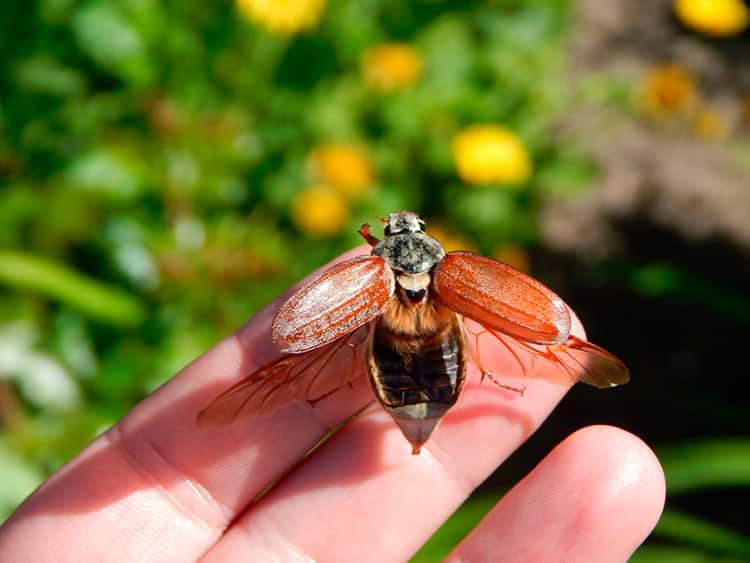
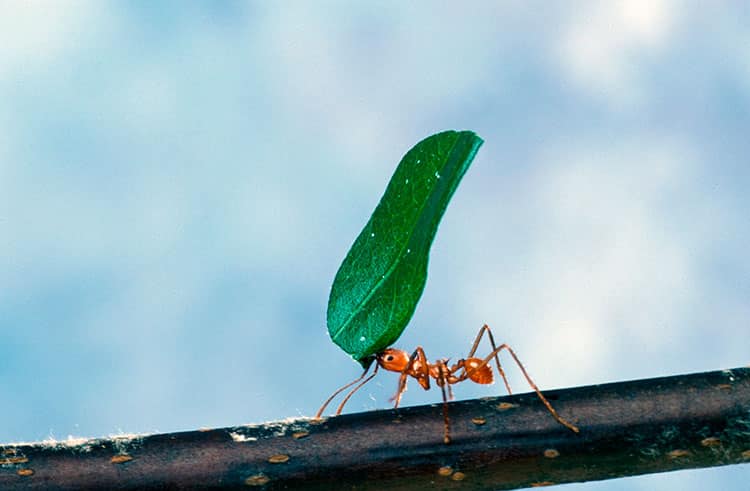
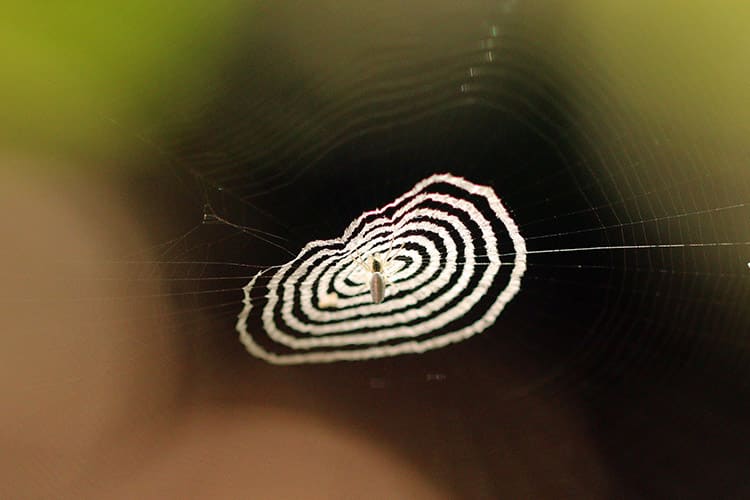

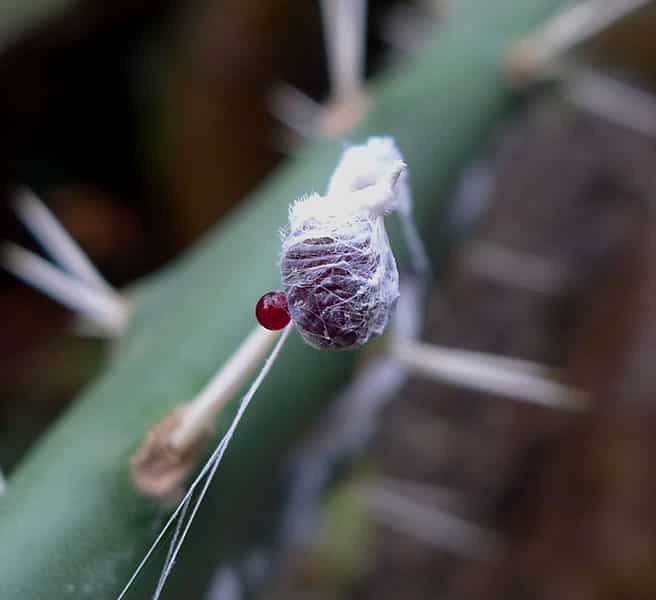
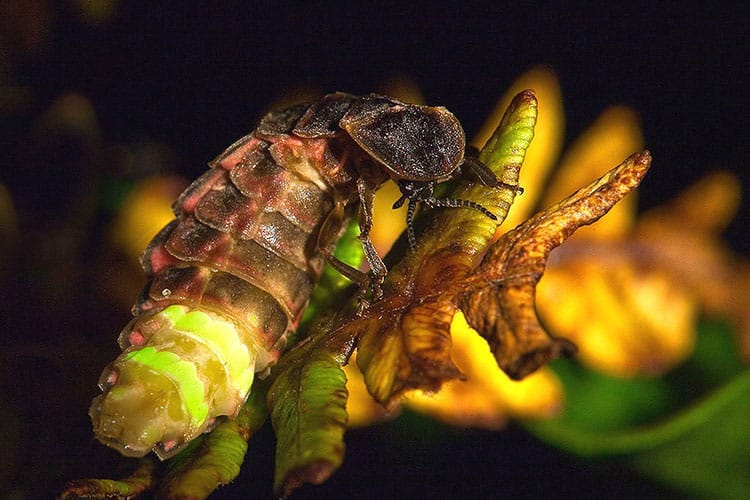




Leave a Comment